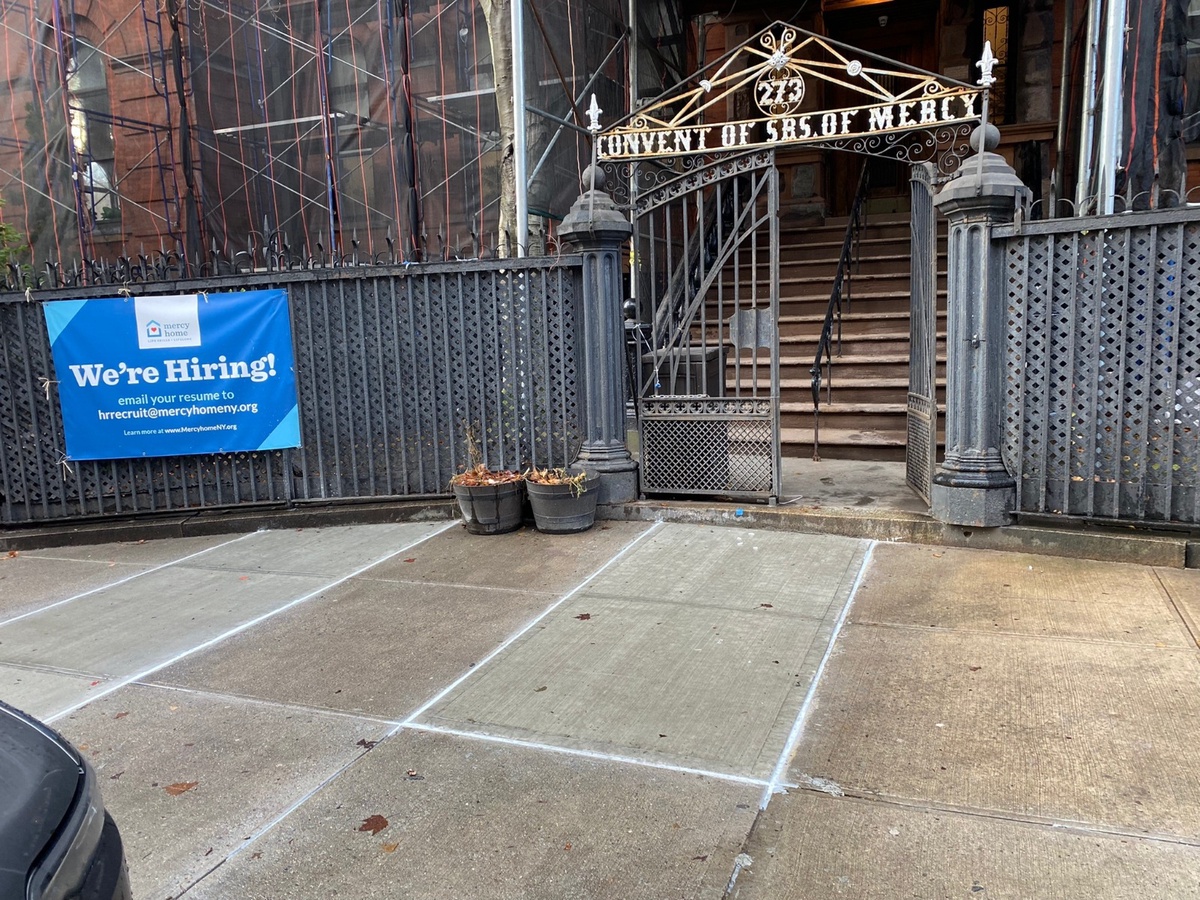If you're a resident or business owner in NYC, you know that the city's sidewalks can take a beating. Between the heavy foot traffic and the harsh weather conditions, it's not uncommon to see cracks, uneven surfaces, and other types of damage. Not only is this unsightly, but it can also be dangerous for pedestrians. That's why it's important to know how to repair and prevent sidewalk damage. In this article, we'll cover everything you need to know about sidewalk repair in NYC.
What causes sidewalk damage?
There are many factors that can contribute to sidewalk damage in NYC. One of the main culprits is the weather. Extreme temperatures, including hot summers and freezing winters, can cause concrete to expand and contract, leading to cracks and other types of damage. Heavy rain and snow can also cause erosion and other types of damage.
Other factors that can contribute to sidewalk damage include:
- Heavy foot traffic
- Tree roots
- Heavy equipment
- Poor installation
- Age and wear and tear
The importance of fixing sidewalk damage
Fixing sidewalk damage is important for several reasons. First and foremost, it's a safety issue. Cracks and other types of damage can cause tripping hazards, which can result in serious injuries. Second, it's an aesthetic issue. Damaged sidewalks can detract from the beauty of the city and make it look unkempt. Finally, it's a legal issue. Property owners are responsible for maintaining the sidewalks in front of their property and can be held liable for any injuries that occur because of their negligence.
How to repair sidewalk damage
If you notice that your sidewalk is damaged, it's important to act right away. Here are the steps to follow to repair sidewalk damage:
- Assess the damage
The first step is to assess the extent of the damage. If the damage is minor, such as a small crack, you may be able to repair it yourself. However, if the damage is more extensive, such as a large crack or multiple cracks, you'll need to hire a contractor.
- Get a permit
Before you can begin repairing your sidewalk, you'll need to obtain a permit from the NYC Department of Transportation (DOT). This involves filling out an application, paying a fee, and submitting a detailed plan for the repairs.
- Hire a contractor
Once you have your permit, you'll need to hire a contractor to do the work. Be sure to choose a licensed and insured contractor with experience in sidewalk repair. Get multiple quotes and compare them to ensure you're getting a fair price.
- Choose the right materials
Your contractor will recommend the best materials for your specific repair. This may include concrete, asphalt, or another type of material. Be sure to choose high-quality materials that will last.
- Install the new concrete
Once the materials have been chosen, the contractor will begin the repair process. This may involve removing the old concrete and pouring new concrete in its place, or it may involve patching the damaged area.
Preventing sidewalk damage
Preventing sidewalk damage is essential to ensure the longevity and safety of your sidewalks. Here are some preventative measures you can take:
- Clean regularly
Regularly clean your sidewalks to remove debris, dirt, and other materials that can accumulate and cause damage. Sweeping or using a power washer can help keep the surface clean and prevent the buildup of harmful substances.
- Avoid heavy equipment
Avoid driving or parking heavy equipment or vehicles on your sidewalks. The weight and pressure can cause cracks and damage to the concrete. If you need to transport heavy items, consider using alternative routes or protective measures such as using plywood sheets to distribute the weight.
- Be mindful of trees
While trees provide shade and beauty, their roots can wreak havoc on sidewalks. Plant trees at a safe distance from sidewalks, or choose tree species with non-invasive root systems. Regularly inspect and trim tree roots that may be encroaching on the sidewalk to prevent damage.
- Use de-icing materials sparingly
During winter, de-icing materials like salt can help melt ice and snow. However, excessive use of these materials can accelerate the deterioration of concrete. Use de-icing materials sparingly and consider alternatives such as sand or kitty litter, which provide traction without causing harm to the sidewalk.
By following these preventive measures, you can minimize the risk of sidewalk damage and reduce the need for costly repairs.
Conclusion
Sidewalk damage is a common issue in NYC, but it can be effectively addressed through timely repairs and preventive measures. Whether you're a property owner or a concerned citizen, it's crucial to understand the causes of sidewalk damage, the importance of fixing it, and how to prevent future damage. By taking proactive steps and working with professionals, you can ensure safe and well-maintained sidewalks for everyone to enjoy.


No comments yet